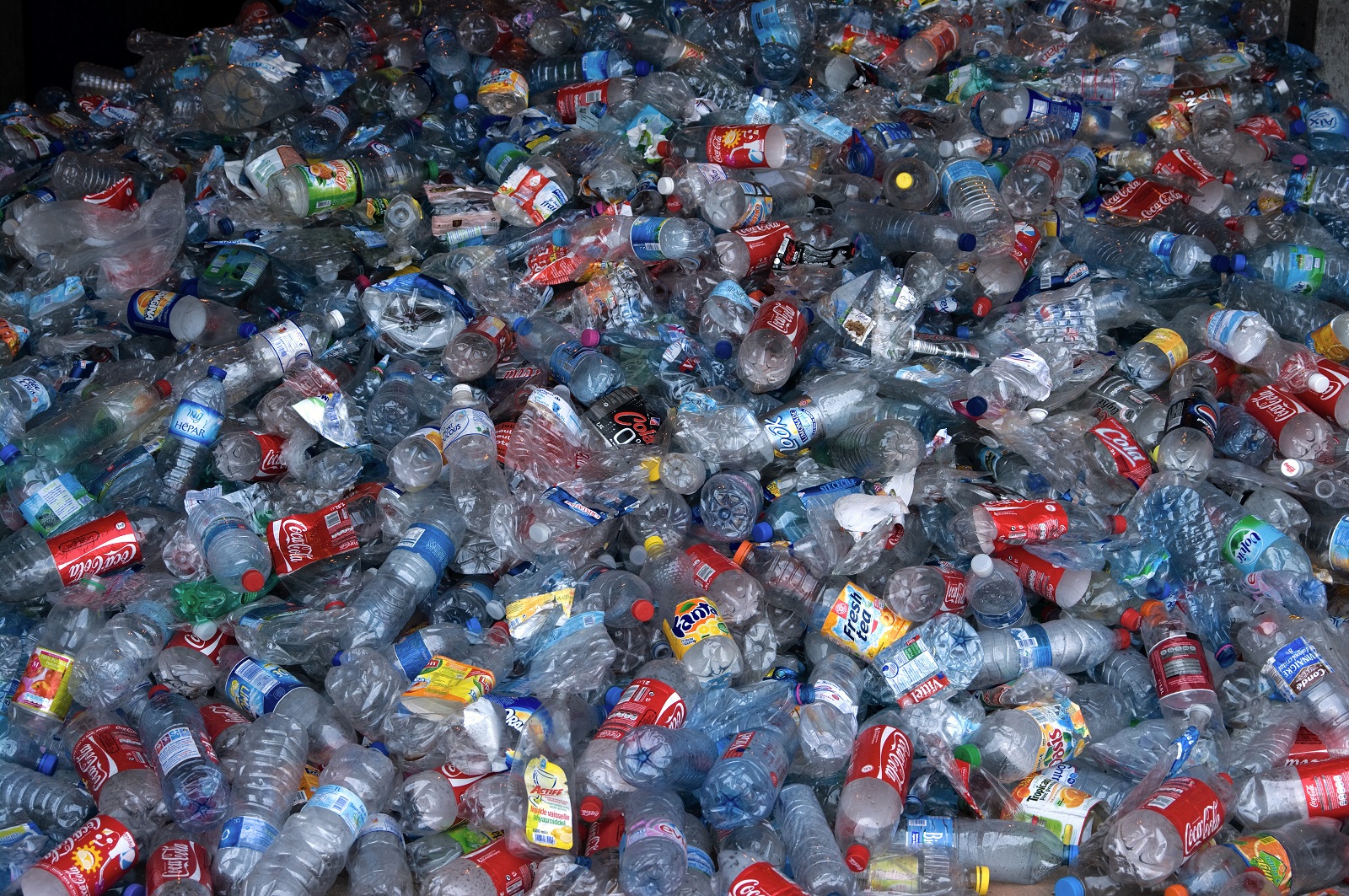
Troubled Waters:
An analysis of Clean Water Act compliance, January 2002-June 2003
When drafting the Clean Water Act in 1972, legislators set the goals of making all waterways fishable and swimmable by 1983 and eliminating the discharge of pollutants into the nation’s waterways by 1985. More than 30 years later, we are far from realizing the Clean Water Act’s original vision.
Using information provided by the Environmental Protection Agency (EPA) in response to a Freedom of Information Act (FOIA) request, this report analyzes all major facilities a violating their Clean Water Act permits between January 1, 2002 and June 30, 2003, reveals the type of pollutants they are discharging into our waterways, and details the extent to which these facilities are exceeding their permit levels.
Two decades after the drafters of the Clean Water Act hoped that all waterways would be fishable and swimmable, we find that facilities across the country continue to violate the letter of the law, at times egregiously.
Downloads
Maryland PIRG Foundation
Executive Summary
As the new home of Maryland PIRG’s environmental work, Environment Maryland can be contacted regarding this report.
When drafting the Clean Water Act in 1972, legislators set the goals of making all waterways fishable and swimmable by 1983 and eliminating the discharge of pollutants into the nation’s waterways by 1985. More than 30 years later, we are far from realizing the Clean Water Act’s original vision.
Using information provided by the Environmental Protection Agency (EPA) in response to a Freedom of Information Act (FOIA) request, this report analyzes all major facilities a violating their Clean Water Act permits between January 1, 2002 and June 30, 2003, reveals the type of pollutants they are discharging into our waterways, and details the extent to which these facilities are exceeding their permit levels.
Two decades after the drafters of the Clean Water Act hoped that all waterways would be fishable and swimmable, we find that facilities across the country continue to violate the letter of the law, at times egregiously.
Key findings include:
Thousands of facilities continue to exceed their Clean Water Act permits.
• Nationally, more than 3,700 major facilities (60 percent) exceeded their Clean Water Act permit limits at least once between January 1, 2002 and June 30, 2003.
• The 10 U.S. states that allowed the highest percentage of major facilities to exceed their Clean Water Act permit limits at least once are Rhode Island, New Hampshire, North Carolina, West Virginia, Massachusetts, Connecticut, the District of Columbia, Ohio, Iowa, and Nevada.
These facilities often exceed their permits more than once and for more than one pollutant.
• Nationally, 436 major facilities exceeded their Clean Water Act permit limits for at least 10 of the 18 reporting periods between January 1, 2002 and June 30, 2003.
• Thirty-five (35) facilities exceeded their Clean Water Act permits during every reporting period between January 1, 2002 and June 30, 2003.
• Nationally, major facilities reported more than 32,000 exceedances of their Clean Water Act permit limits between January 1, 2002 and June 30, 2003.
• The 10 U.S. States that allowed the most exceedances of Clean Water Act permit limits between January 1, 2002 and June 30, 2003 are Ohio, New York, North Carolina, Pennsylvania, Texas, Massachusetts, Louisiana, Alabama, Tennessee, and Indiana.
These facilities often exceed their permits egregiously.
• Major facilities exceeding their Clean Water Act permits, on average, exceeded their permit limits by more than 600 percent, or more than six times the allowed amount.
• The 10 U.S. States that allowed the highest average permit exceedance between January 1, 2002 and June 30, 2003 are Hawaii, Rhode Island, Arizona, West Virginia, Michigan, Connecticut, Nevada, Iowa, Texas and North Carolina.
• Nationally, major facilities reported more than 2,900 instances between January 1, 2002 and June 30, 2003 in which they exceeded their Clean Water Act permit limits by at least fivefold (500 percent).
• The U.S. States that allowed at least 100 exceedances of at least 500 percent are North Carolina, Alabama, Massachusetts, West Virginia, Tennessee, New York, Pennsylvania, Ohio, Indiana, Illinois, and Mississippi.
At a time when our leaders should be working with the states to address this illegal pollution and make all of our waterways fishable and swimmable, the Bush administration has suggested, proposed, or enacted numerous policies that would weaken the Clean Water Act and threaten the future of America’s rivers, lakes, streams, and oceans. Rather than weakening the Clean Water Act, the Bush administration and our elected officials should tighten enforcement of Clean Water Act programs; strengthen standards to protect our rivers, lakes, streams and wetlands; and ensure the public’s right to know about water pollution by increasing and improving access to compliance data and discharge reporting.
a Facilities are designated as “major” based on an EPA scoring system that considers a combination of factors, including toxic pollutant potential, streamflow volume, public health impacts, and proximity to coastal waters.
Topics
Find Out More


